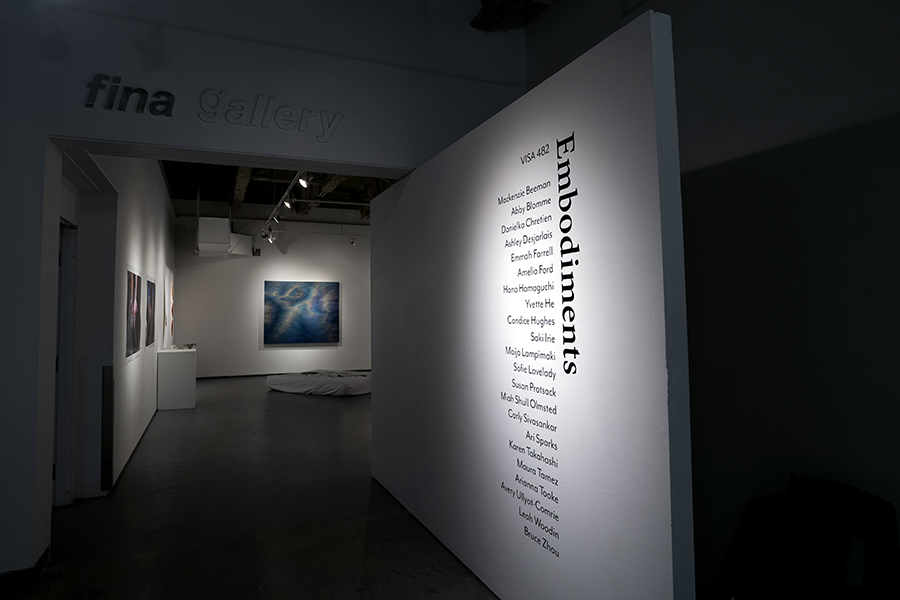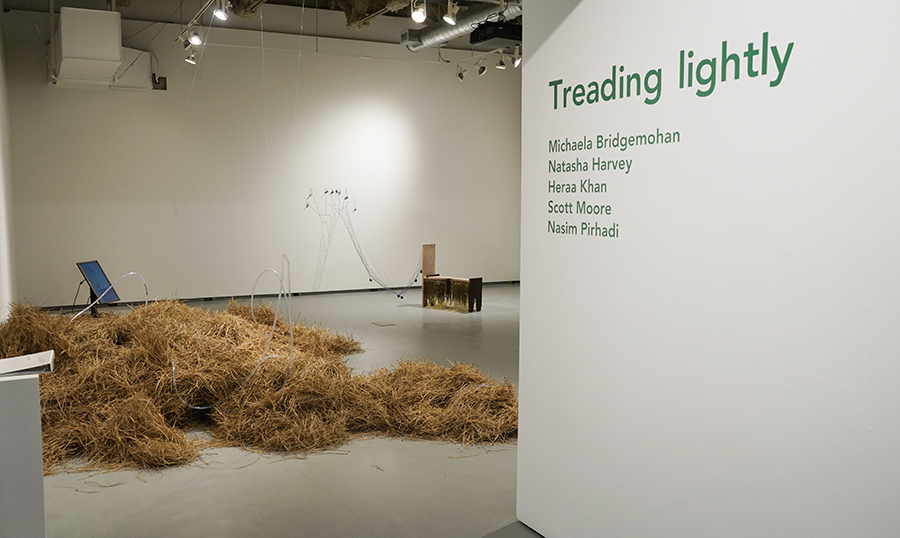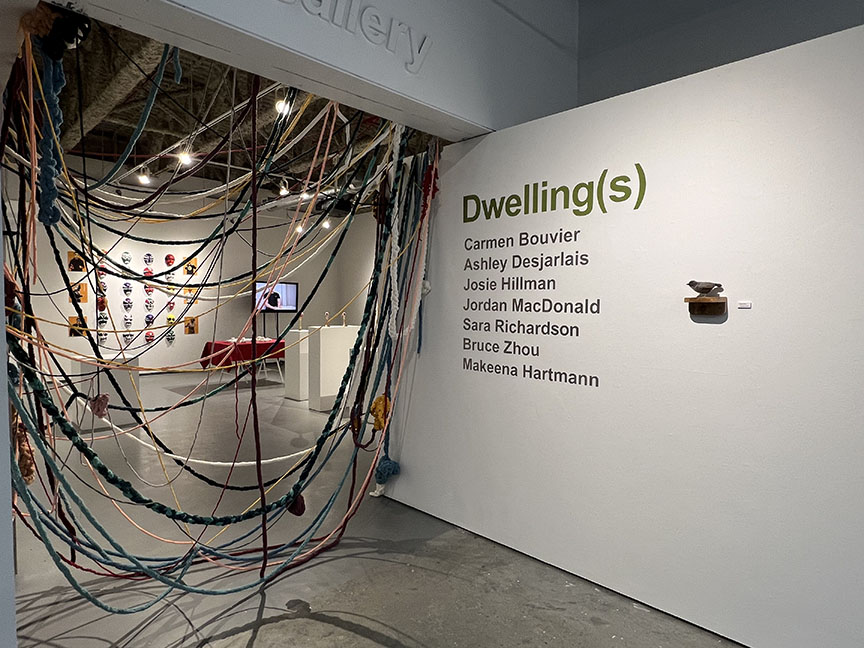Protomotion – BMS Capstone Mid-Year Exhibition
Are you interested in interactive film? Sound installations? Brand design? Or maybe you’d like to explore augmented reality. Our fourth-year Bachelor of Media Studies students are putting our prototypes into motion in a halfway celebration of our capstone projects. Come into our chrysalis and help us hatch something wonderful! Protomotion is presented by students Jayko Duan, Fiona Firby, Carla Mather,...

 Follow
Follow







